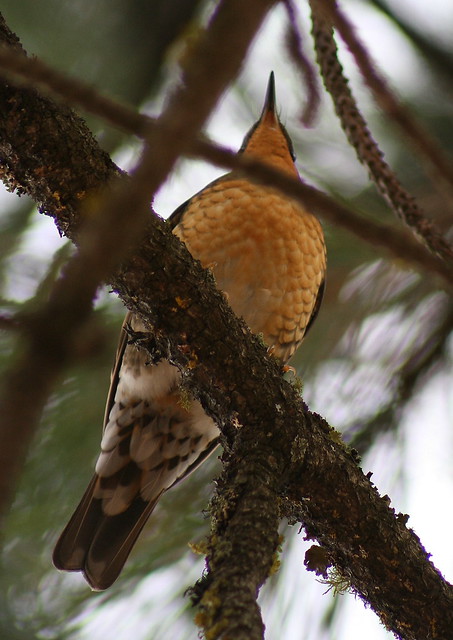"Full Moonrise" by Michael Kenna. Chausey Islands, France 2007. Sepia-toned gelatin silver print. Artist proof #2.
The Tacoma Art Museum is full of surprises. I don't go often, but when I do, I find there is always a show, a gallery, or single piece of art that captures my imagination. This weekend it was "Meditations and Memories," a show of black-and-white photographs by Michael Kenna, an internationally acclaimed English photographer based in Seattle. Kenna doesn't do digital; he uses large-format cameras, film, a dark room, chemicals, and paper. He is known for photographing at night and using long exposures (several hours) to capture the kind of light few of us see and few cameras can capture.
The photograph (above) is extraordinary and typical of Kenna's works on display at the museum. It is a long exposure of a moon rising--an effort that took several nights to capture the arc of the moon just right. You can sense the depth of time, richness of light, and feeling of balance in his photograph.
What I love about this photograph is the mercury-like sheen of the water, the thin tracks of the stars, and the moon looking nothing like a moon but possessing that distinctly soft, reflected light that we associate with the moon. And the fact that the soft swelling in the middle of the arc is where the moon passed through cloud. I may be biased, but without that cloud, this photography would be mostly science--here is the arc of the moon. But with the cloud, it is art.
After an hour among Kenna's photographs, I felt I'd traveled far away and back in time to where slowly gathered nighttime light created places daylight couldn't reach.
To see more: Michael Kenna
For info on the exhibit (closing March 24): Tacoma Art Museum












